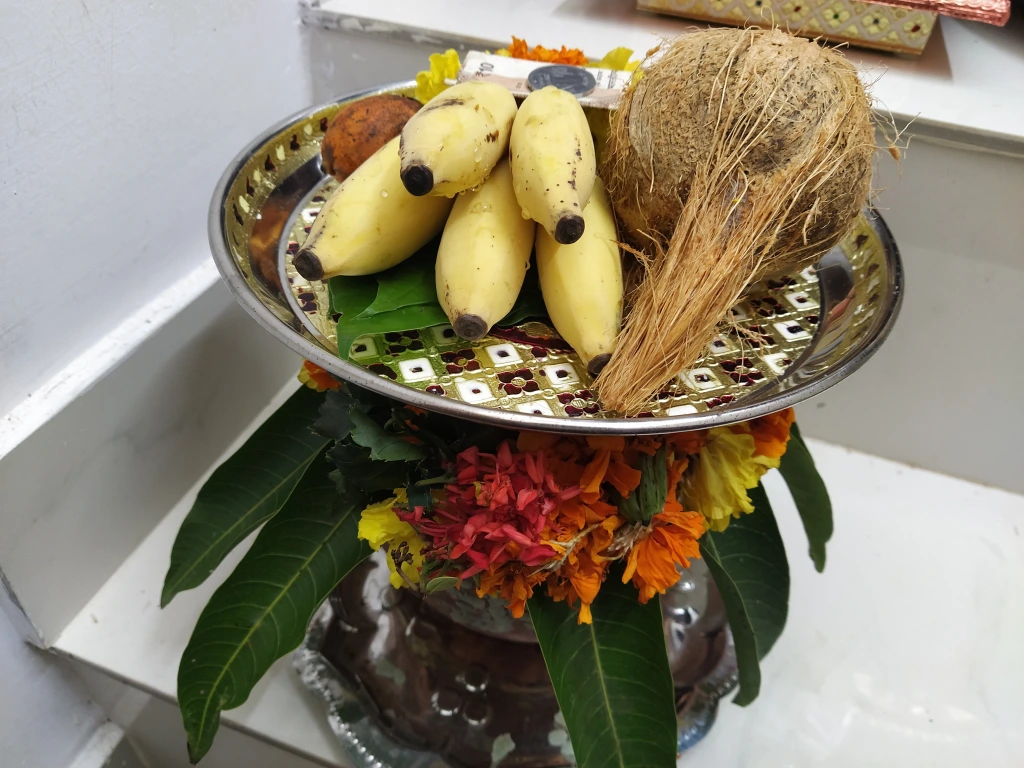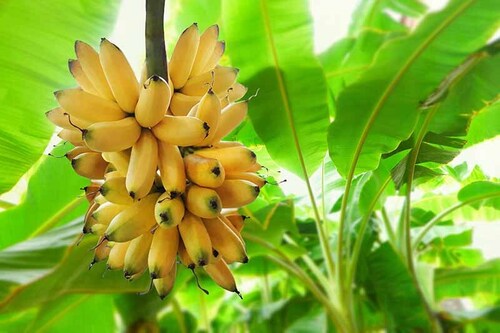
The banana is more than just a staple of the Goan diet; it holds cultural, spiritual, and ecological significance in the lives of Goans. A plant that symbolizes fertility, prosperity, and wealth, the banana is omnipresent in Goa. Nearly every Goan home has a banana plant in its backyard, a silent yet powerful reminder of the plant’s multifaceted importance in local tradition and lifestyle.
The Ritualistic and Culinary Importance of Banana in Goa
In Goa, the banana is not merely a fruit but an integral part of rituals and festivals. The long plantain variety from Moira, a village in North Goa, holds a special place as it is considered to be Lord Ganesh’s favorite fruit. During Ganesh Chaturthi and other Hindu celebrations, banana leaves and fruits are used extensively in rituals and offerings, embodying the plant’s spiritual significance.
Culinary traditions in Goa also leverage the banana plant’s versatility. The fruit is consumed in various forms—raw, ripe, and cooked—while the leaves are used as natural plates or for steaming delicacies such as “Patoleo” (a sweet rice dumpling). This dual-purpose utility underlines the ingenuity of Goan cooking, where nothing goes to waste.
A Heritage of Fibres
Beyond its culinary and ritualistic roles, the banana plant has long been valued for its strong and durable fibres. Traditionally, artisans have used banana and pineapple plant fibres to string flowers into garlands, known locally as “sheetals.” These garlands, used in both religious ceremonies and festive occasions, showcase the resourcefulness of Goan craftsmanship and the deep connection between the community and its natural environment.
Banana Fibre in Modern Craftsmanship
In recent years, the humble banana fibre has taken on a new life. Which is driven by a growing global demand for sustainable and eco-friendly materials. Modern-day artisans in Goa have turned to this natural fibre to craft elegant and functional tableware, including plates, bowls, and platters. These items are not only biodegradable but also bring a rustic charm to dining experiences.
The workshop in Betim village, located along the serene banks of the Mandovi River, is a hub for this innovation. Here, artisans skillfully transform banana fibres into contemporary designs that appeal to environmentally conscious consumers. The handcrafted products combine traditional techniques with modern aesthetics, making them popular among locals and tourists alike.
Why Choose Fruit Fibreware?
Using banana fibreware is an eco-friendly alternative to plastic and other non-biodegradable materials. These products decompose naturally, reducing the environmental footprint and promoting sustainable living. By choosing banana fibreware, consumers not only support local artisans but also contribute to preserving a time-honored craft that blends heritage with sustainability.
A Call to Experience
For those intrigued by the charm of banana fibreware. A visit to Betim village offers a firsthand look at the process behind this craft. The workshop provides an opportunity to interact with artisans. To learn about the intricate techniques, and take home unique, eco-conscious products that embody Goa’s rich cultural heritage.
Conclusion
Goa’s relationship with the banana plant is a testament to the state’s deep-rooted respect for nature and tradition. From its ritualistic importance to its role in modern sustainable crafts. The banana plant continues to be a symbol of Goa’s ingenuity and adaptability. Fruit fibreware, with its perfect blend of tradition and innovation. It serves us as a reminder that sustainable living is not a trend but a return to age-old practices that respect and celebrate nature.


